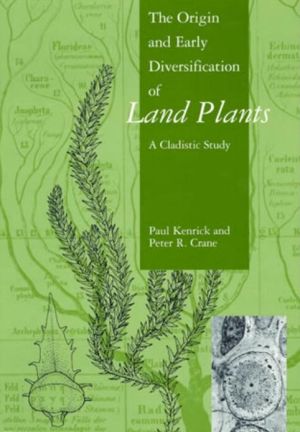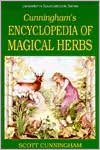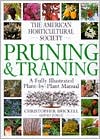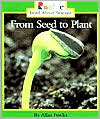Origin And Early Diversification Of Land Plants
The appearance of land vegetation on Earth 450 million years ago marked a period of unparalleled innovation in plant evolution. The transition from algae to the first land plants—-the transition from water to air—-entailed adaptations that gave rise to many of today's major plant groups, including mosses, liverworts, lycopsids, and ferns. An understanding of early land plant relationships is critical to a full-scale appreciation of phylogenetic patterns in the plant kingdom. The first...
Search in google:
The first comprehensive application of cladistics to the massive body of data on both living and fossil plants, this book clarifies phylogenetic patterns within and among basal groups of land plants. In its analysis of the patterns and processes underlying the origin of land plants, the book sheds light on central questions surrounding the initial assembly of terrestrial ecosystems.
Preface1Introduction12Plants in the Hierarchy of Life143Embryobiota274Polysporangiophytes865Zosterophyllopsida and Basal Lycophytes1416Lycopsida1827Perspectives on the Early Evolution of Land Plants226App. 1Summary Descriptions of Fossil and Extant Taxa311App. 2Data for Analyses of Embryobiota353App. 3Data for Analyses of Polysporangiophytes359App. 4Data for Analyses of Zosterophyllopsida371App. 5Data for Analyses of Lycopsida379Bibliography387Taxonomic Index423Subject Index439
\ Science[T]his volume will become a landmark in the literature on land plant evolution and remain so for many years to come. . . . The authors do a good job of bringing order to a chaotic field.\ \ \ \ \ Tree[T]he style and precision with which the information is presented and illustrated is beyond reproach. . . . [T]his book is, without a doubt, a major contribution to the literature of plant science, both as a source of information and as a challenge to future generations of plant scientists.\ \ \ NatureThis excellent and detailed book stands as a model for how to approach the study of evolution, and is an essential addition to the bookshelves of anyone interested in the scope and diversification of life.\ \ \ \ \ New ScientistThis book is a must for professional botanists, but weekend naturalists should read it as well, just to get a feel for the true wonders that lie out there, behind what is immediately visible. Seek it out and buy it — it will set you on a new plane of inquiry.\ \ \ \ \ Quarterly Review Of Biology[R]emarkable . . . a treasure of organized information about specific taxa and characters; well-posed phylogenetic questions addressed by the analyses of taxa and traits whose choices are carefully justified; syntheses of molecular and morphological evidence; evolutionary scenarios explaining biogeographic patterns, morphological variation, and life history patterns — in short, a reference book with a point of view. . . . An important guidepost for future comparative studies in botany.\ \








